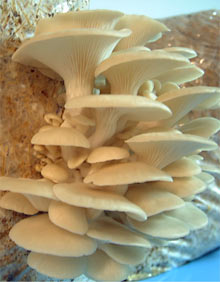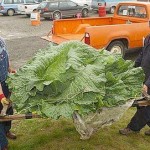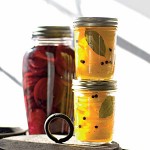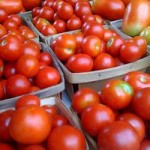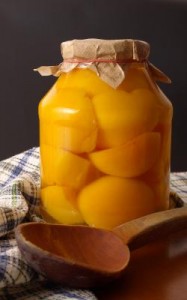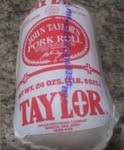By Chef Michael Kiss of Whole Foods Market in Arlington.

Rustic local ginger gold apple pie with raisins and pecans. Happy harvest season!
Is it true an apple a day can keep the doctor away? Good nutrition is always a prescription for good health. But it IS true that an apple a day make a chef come out and play.
–
I am an apple fan. I would even consider myself a superfan. I have many fond memories of picking apples with my family and of a bushel basket of apples that sat under the chopping block in our kitchen. That was the apple stash for the autumn and beginning of winter. So many quick snacks as well as pies and treats came out of that basket. It was always such a sad event when we had to switch to grocery store plain (red delicious) apples after the last apple was taken from the basket.
–
Well, we can still find plenty of orchards and farmers markets to find fresh amazing apples, but gone are the days of grocery store plain apples. Here at Whole Foods Market we take pride in offering the best local apples we can find.
–
Apple Facts I:
• The crabapple is the only apple native to North America.
• Apples come in all shades of reds, greens, and yellows.
• Two pounds of apples make one 9-inch pie.
• Apple blossom is the state flower of Michigan.
• 2,500 varieties of apples are grown in the United States.
• 7,500 varieties of apples are grown throughout the world.
• 100 varieties of apples are grown commercially in the United States.
• Apples are grown in all 50 states.
• Apples are fat, sodium, and cholesterol free.
• A medium apple is about 80 calories.
• Apples are a great source of the fiber pectin. One apple has five grams of fiber.
–
Gingered Curry Apple Salad
3 tart apples cored and sliced. Keep in water with a little lemon juice in it.
½ red onion sliced
2 stalks of celery sliced on a bias
¼ C of raisins (red or white)
½ tsp of mustard seed
3 Tbs. cider vinegar
1 tsp. oil
¼ tsp curry powder
1 tsp. sugar
Season with salt and pepper
Combine ingredients and let stand 1 hour before serving.
–
Apple Facts II:
• Apples are a member of the rose family.
• Apples harvested from an average tree can fill 20 boxes that weigh 42 pounds each.
• The largest apple picked weighed three pounds.
• Europeans eat about 46 pounds of apples annually.
• The average size of a United States orchard is 50 acres.
• Many growers use dwarf apple trees.
• Charred apples have been found in prehistoric dwellings in Switzerland.
• Most apple blossoms are pink when they open but gradually fade to white.
• Some apple trees will grow over 40 feet high and live over 100 years.
• Most apples can be grown farther north than most other fruits, because they blossom late in spring, minimizing frost damage.
• It takes the energy from 50 leaves to produce one apple.
–
Basic Gastrique
This is a basic recipe for a classic French autumn sauce traditionally for game. It is a versatile sauce and is excellent for fish and vegetables as well. The basic recipe to remember is a balanced sweet and sour element mixed with the richness of reduced stock. Fruit vinegars add great interest to the flavor and often have sweet/tart elements in their flavor.
–
Apple Gastrique
1 box of chicken or beef stock, simmered and reduced by 75%
–
½ C. cider vinegar
½ C. sugar
1 apple diced
Mix vinegar and sugar and reduce by half. Add in the stock reduction. Taste and adjust seasoning.
–
If too sweet add vinegar. If too tart add sugar. If too bright add stock, if too muddled add vinegar /sugar mixture.
Next while still hot add the diced apple and let simmer for 1 minute to soften the apples.
For added richness whole butter can be whipped in, but I prefer to keep it lighter and omit the butter.
–
The sauce should be thick enough to coat the back of a spoon, but it shouldn’t be as thick as gravy.
–
Apple Tips:
• Apples store better at room temperature
• A little lemon juice in some water will help keep apples from browning. Don’t leave them in water too long as it may make the apples soft.
• Cook your apples before you make a pie and they will keep the pie crust full. No pie caves!
–
Enjoy life and eat well!
[ad]
